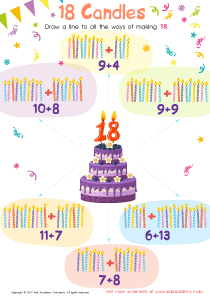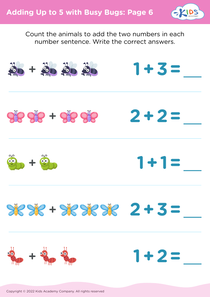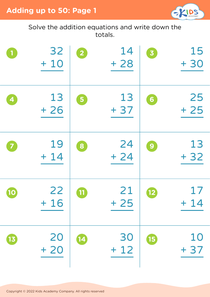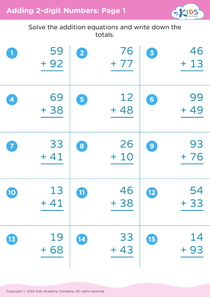Identifying shapes Adding up to 100 Worksheets for 8-Year-Olds
8 filtered results
-
From - To
Explore our "Identifying Shapes Adding up to 100 Worksheets" designed specifically for 8-year-olds! These engaging and interactive worksheets combine essential math skills with fun shape recognition activities. Young learners will practice addition up to 100 while identifying various geometric shapes, enhancing their critical thinking and problem-solving abilities. Each worksheet encourages students to draw connections between shapes and numbers, making mathematics enjoyable and accessible. Perfect for classroom use or homeschooling, our resources support your child's learning journey, building a solid foundation in math and geometry. Download and start your child’s adventure in shapes and addition today!
Identifying shapes and understanding how they relate to numbers—particularly adding up to 100—are foundational skills for 8-year-olds that foster both mathematical reasoning and spatial awareness. Parents and teachers should prioritize these concepts for several reasons.
First, recognizing shapes helps children understand geometry, a key component of math curricula. It enables them to visualize and classify the world around them, enhancing problem-solving skills in real-life contexts, such as architecture and design.
Additionally, mastering addition up to 100 builds essential numerical fluency. At this age, children are transitioning from concrete manipulation of numbers to more abstract reasoning. By grasping how numbers come together to form a sum, they lay the groundwork for more complex operations, such as multiplication and division.
Moreover, these skills promote critical thinking and logical reasoning. Identifying patterns within shapes and numbers nurtures an analytical mindset that is invaluable across subjects—ranging from art to science.
Ultimately, encouraging proficiency in identifying shapes and adding to 100 sets students up for future academic success, instills confidence, and prepares them for everyday tasks, like budgeting and recognizing geometric structures in their environment. Parents and teachers are instrumental in facilitating this development, ensuring their children thrive both academically and socially.
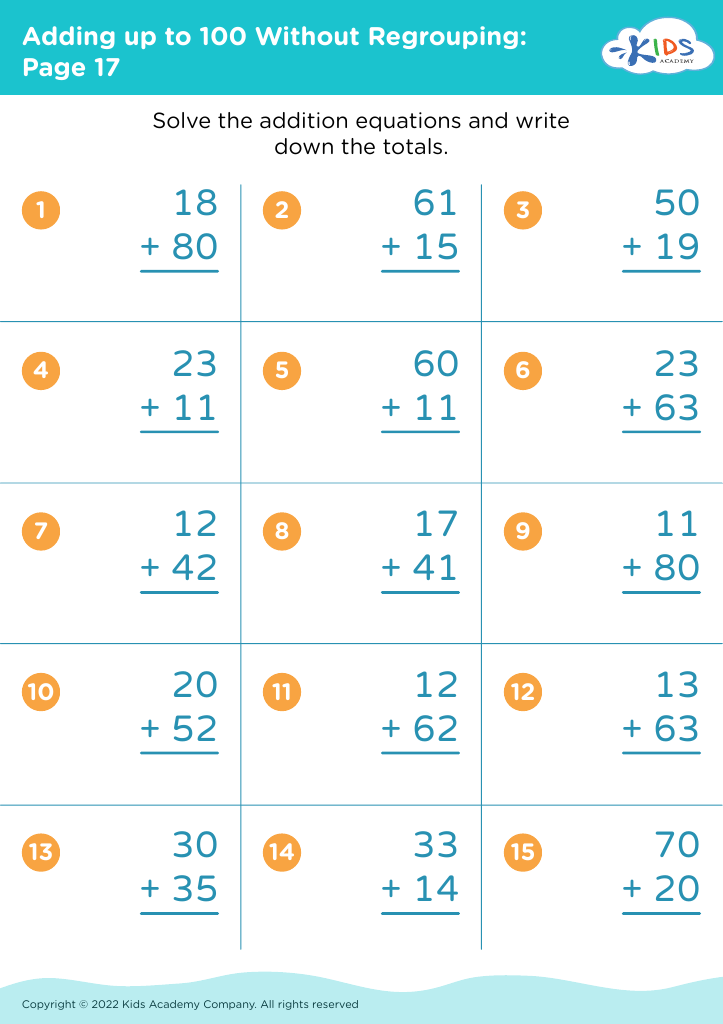

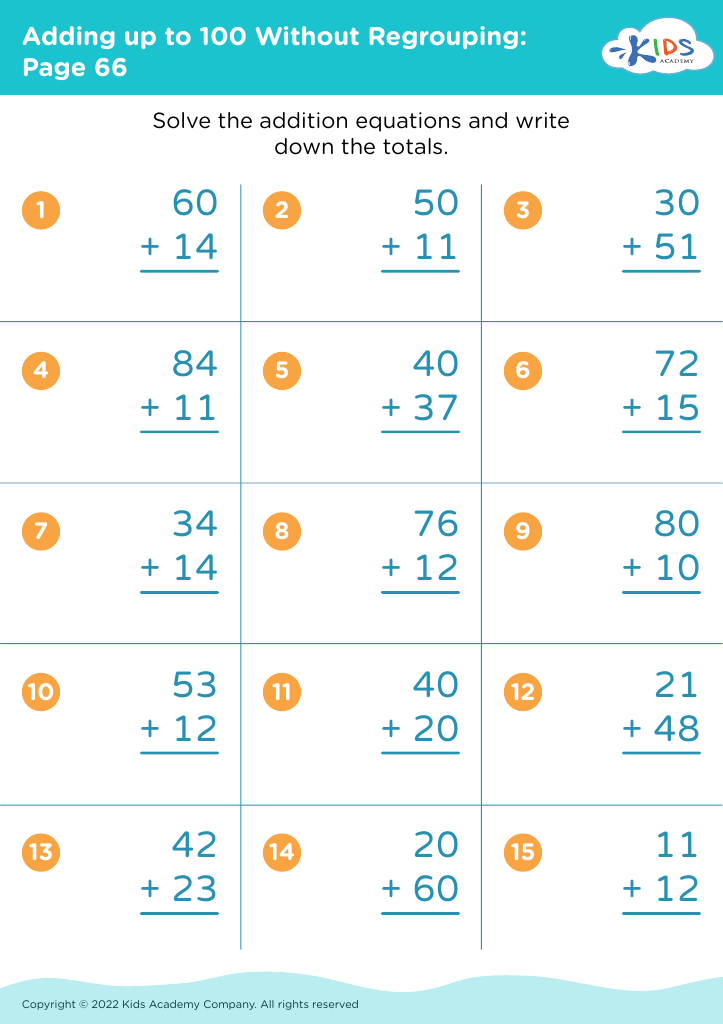
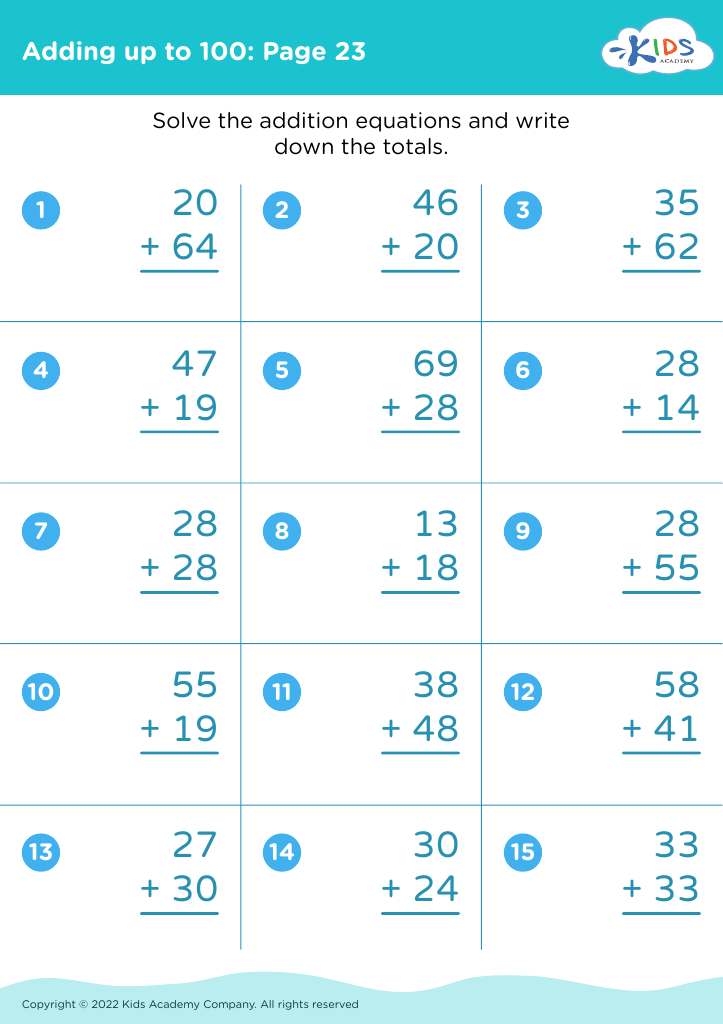
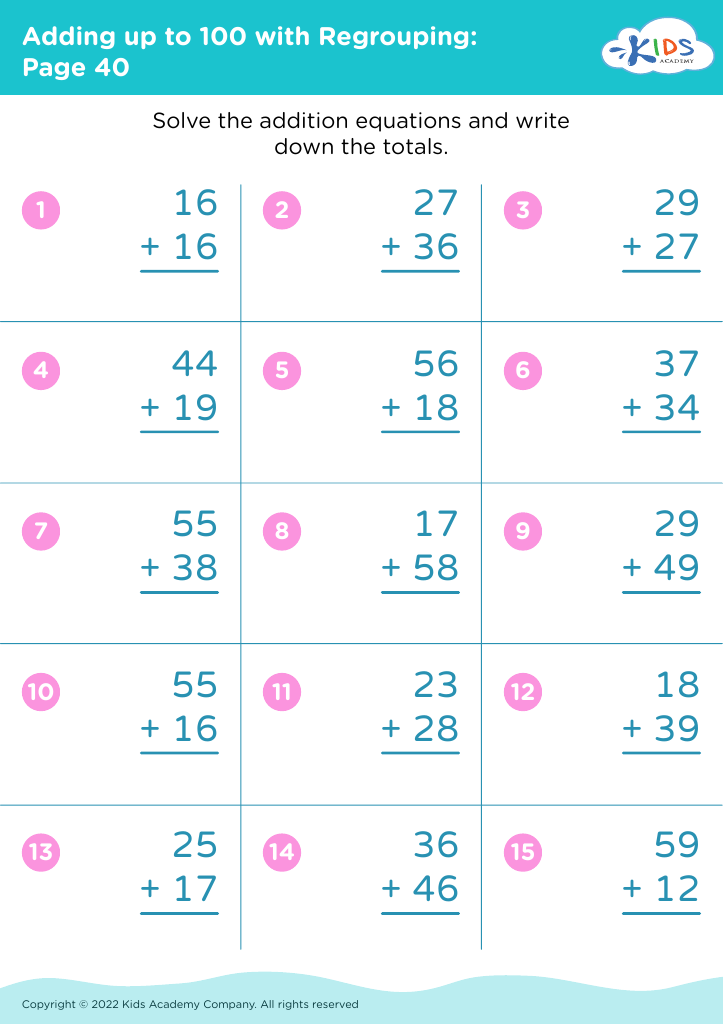
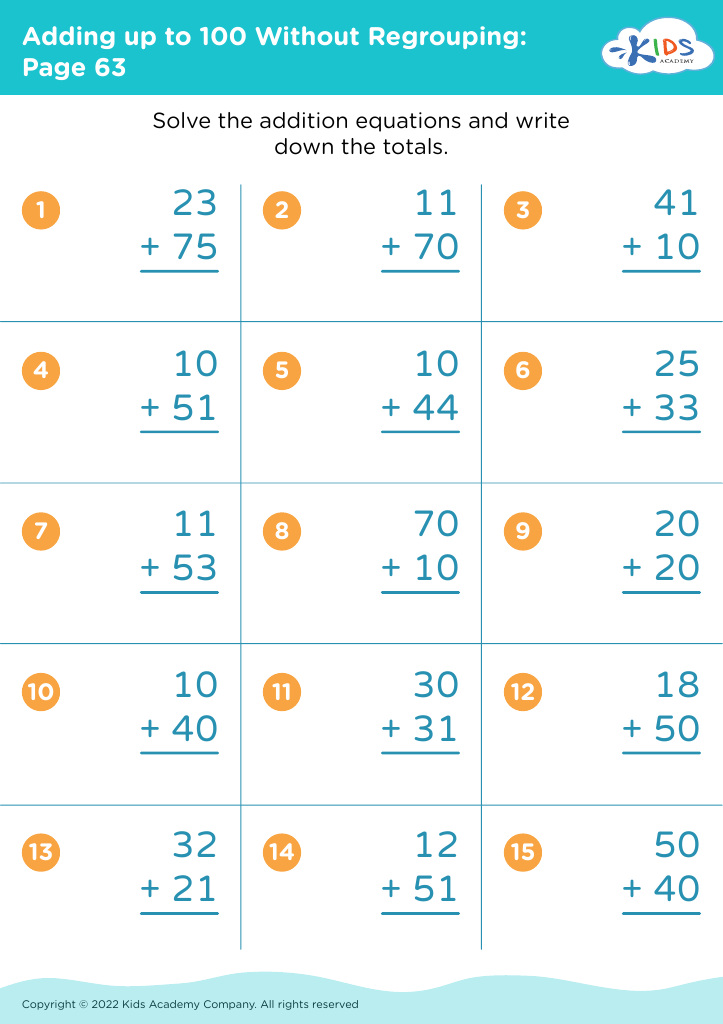

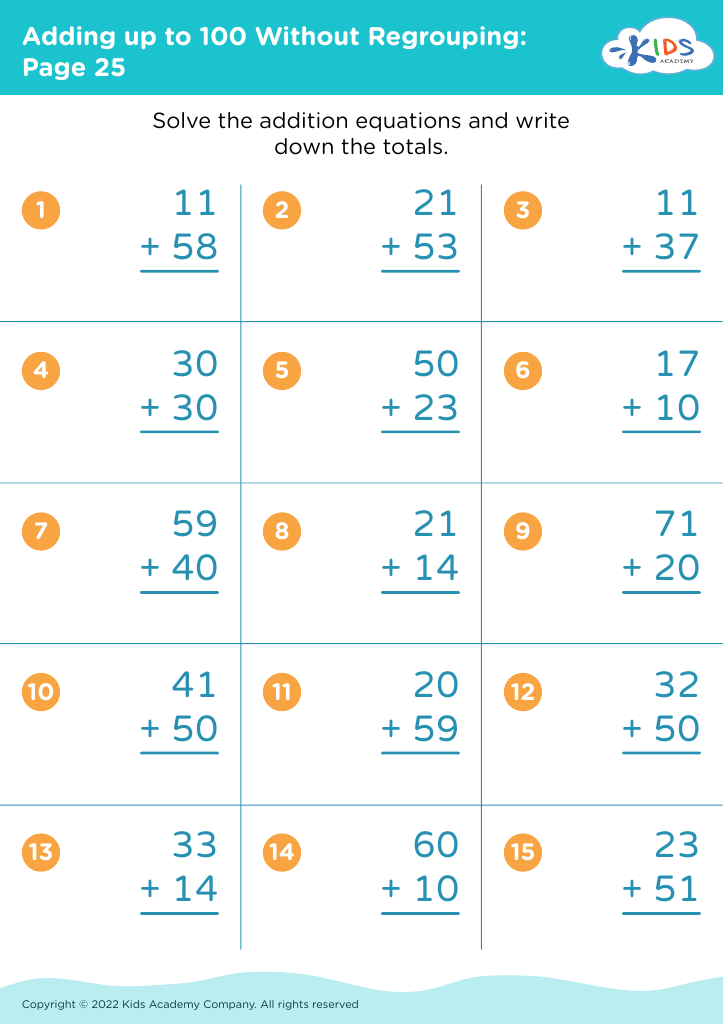
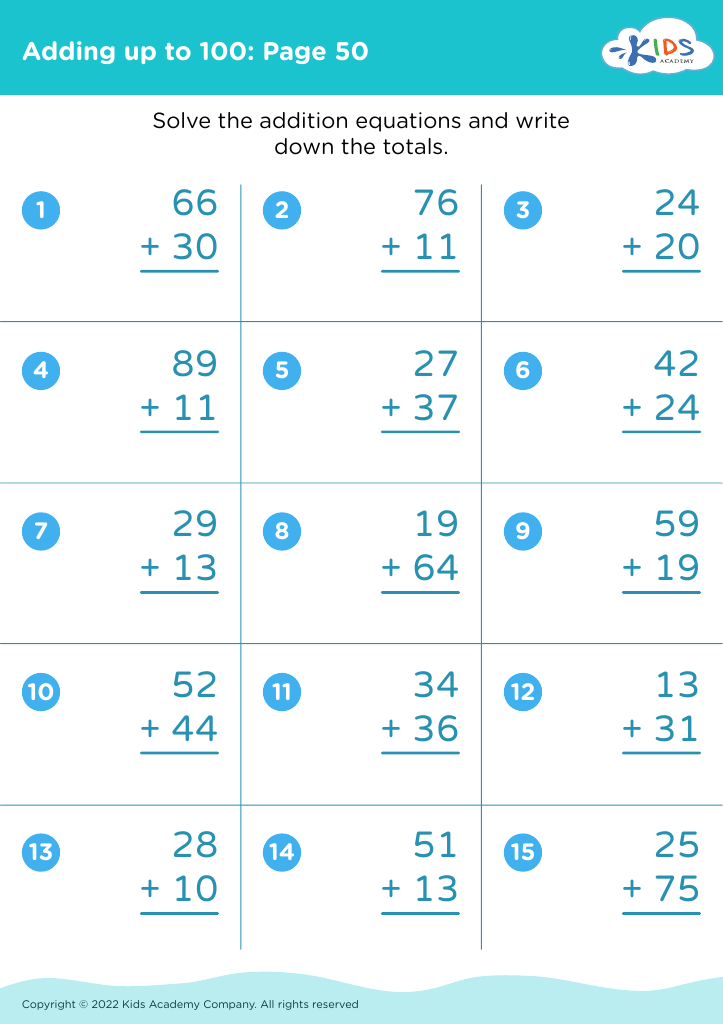
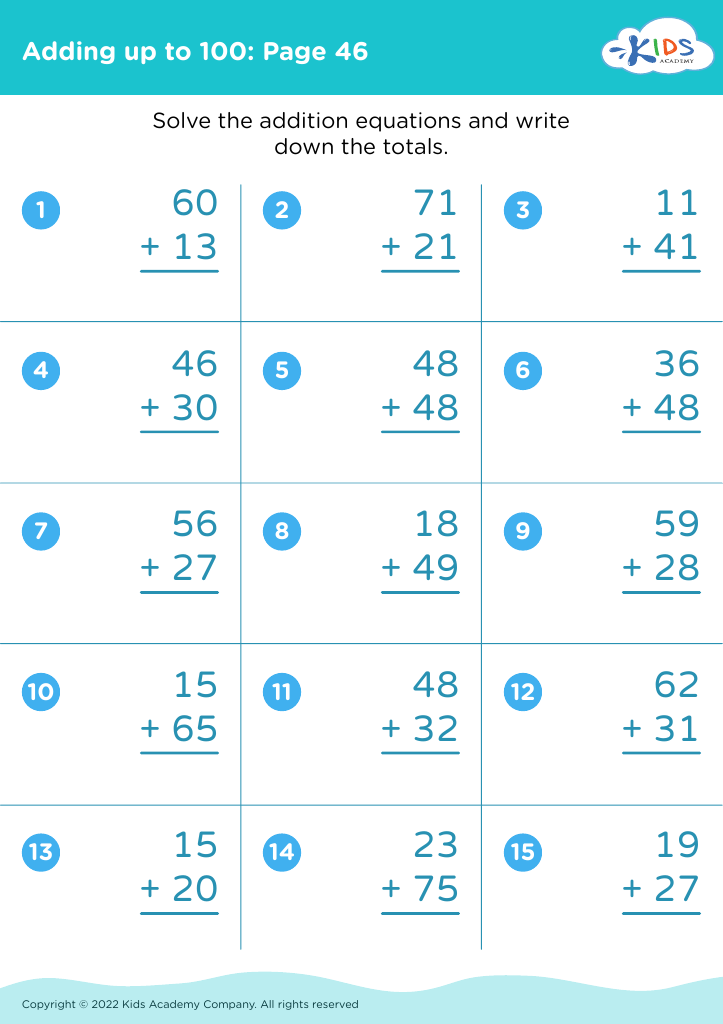





%20(1).jpg)

